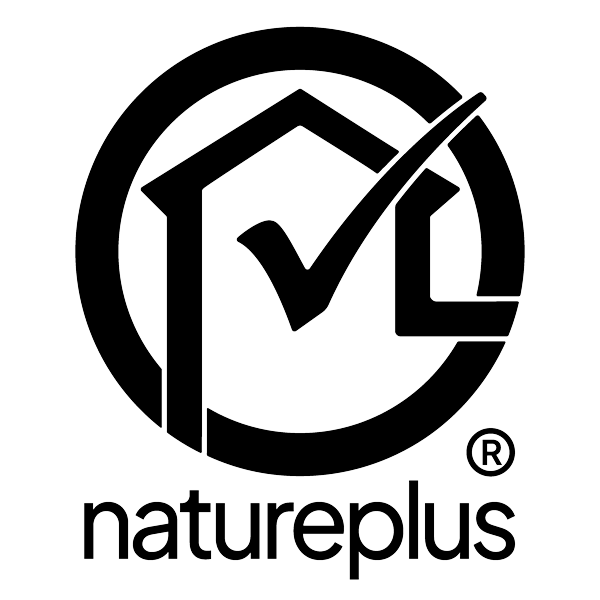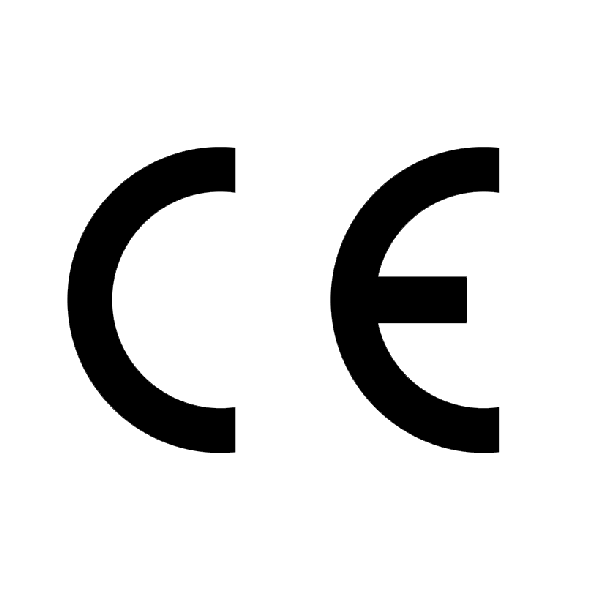The most important renewable raw material in Germany

Resource wood With sustainable timber extraction and processing, everyone wins
Timber is one of the most innovative building materials available: maximally light with low bulk density and at the same time highly stable and flexible. Both in materiality and in use. A genuine high-performance building material from nature. Another plus: trees extract carbon dioxide from the air, bind the carbon in the form of wood and produce oxygen in the process. When wood is disposed of, only the amount of CO2 is produced that the tree previously absorbed from the air. Through this closed cycle of CO2 absorption and CO2 release, building with wood actively contributes to climate protection.
But not all wood is the same. In order to avoid unnecessary transport routes, we pay attention to regionality so that the environmentally friendly building material will continue to perform excellently in its climate balance in the future.
This is how timber extraction becomes a win-win situation
We aim to minimise transport routes! Therefore, the majority of our products are made from domestic spruce. For special visible qualities, Scandinavian timber are used at the customer's request. Our own fleet of lorries can transport roundwood back when final products are delivered. In this way, we can use roundwood from the regions where our products are also used and save transport distances.
Sustainable timber production
Only as much wood is harvested for our products as will grow back. Nothing else is used at best wood SCHNEIDER to make timber construction possible for future generations. This is proven by independent inspection bodies. Because whatever enters our factory as round timber or sawn timber and leaves again as an innovative timber building material (or heating pellet) is guaranteed to be certified.
Good for nature, good for everybody. Tested, certified.
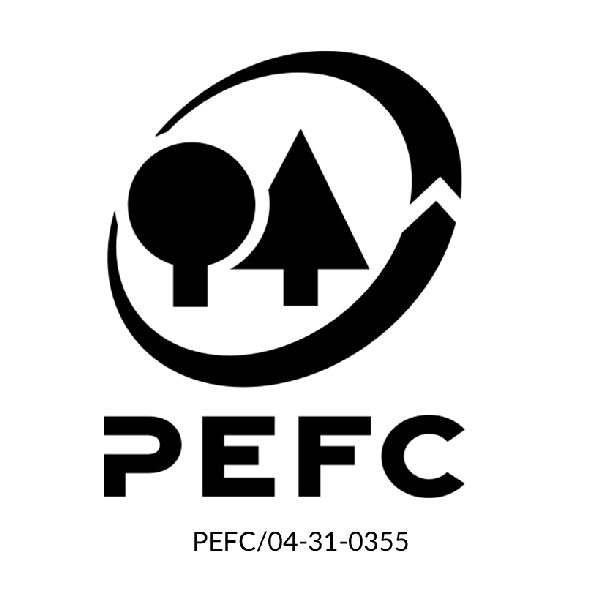
PEFC is a transparent and independent system for ensuring sustainable forest management and thus a global "forest MOT". Forest certification according to PEFC standards is based on very strict guidelines for the sustainable management of forests. This management is controlled by competent and independent organisations.

An EPD (Environmental Product Declaration) presents the life cycle of a building product as well as information relevant to building physics and in general. The Environmental Product Declaration is drawn up in accordance with the DIN EN 15804 standard and thus ensures a uniform assessment and comparability of EPDs.
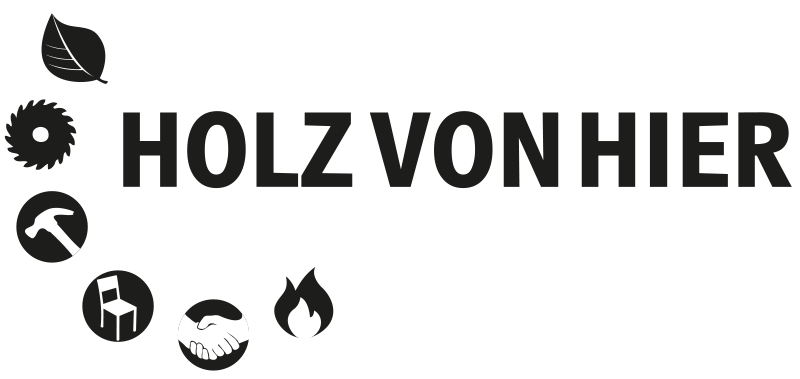
The HOLZ VON HIER® eco-label stands for regional, sustainable timber production with short transport routes and a low carbon footprint.
www.holz-von-hier.eu/
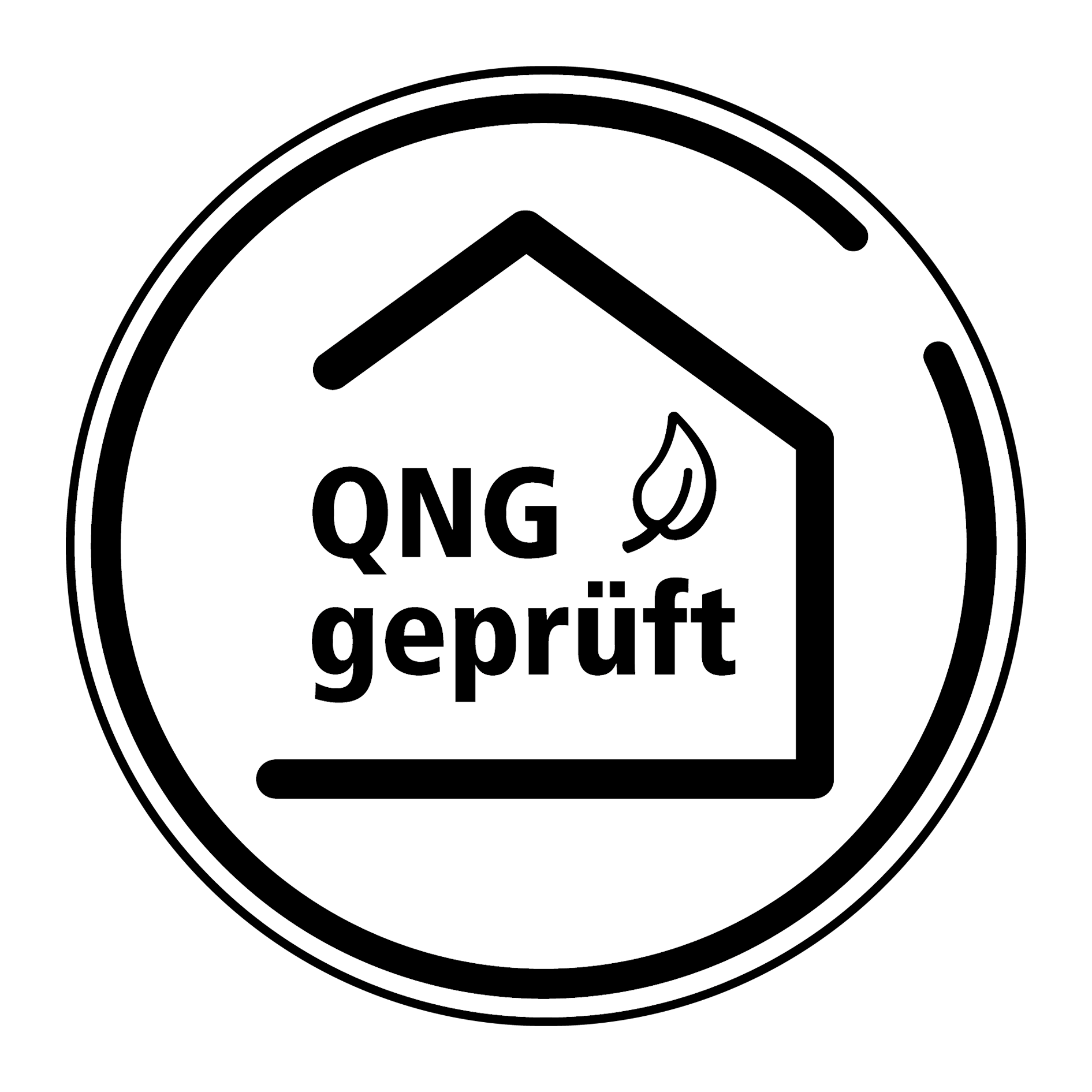
Produkte mit diesem Siegel wurden von natureplus geprüft und erfüllen die Anforderungen durch das Qualitätssiegel Nachhaltiges Gebäude (QNG) zur Schadstoffvermeidung in Baumaterialien.
www.qng.info

Material guarantee deposited with the Central Association of the German Roofing Trade. Only the professional processing of flawless materials guarantees true customer satisfaction. This is why the ZVDH has developed the material guarantees together with renowned partners in the roofing industry. We offer the guild companies protection in the event of material complaints, in that we, as the manufacturer, have deposited a comprehensive guarantee for our products.
Processing down to the last chip "Zero waste is nothing new for us
Wood as a building material is only as environmentally friendly as it is processed after extraction. That is why we place the highest value on the complete use of wood as a raw material and energy-efficient processing throughout the entire production process. And thus ensure a value chain that really deserves the name. With bark and residual wood that cannot be used any further, which is at the end of its life cycle, we operate our own biomass cogeneration plant, which generates electricity and heat for our own production. Wood chips are used in the production of wood-fibre insulation boards, the sawn wood is processed into our wood products, and whatever is left over in the form of chips and sawdust is pressed into particularly sustainable pellets.
Regional raw materials
Because we love our homeland, we place the highest value on environmentally friendly production on site. For this reason, the majority of our products are made from regional spruce from PEFC-certified, domestic forests. For special visible qualities, Scandinavian woods are used at the customer's request. Our own fleet of lorries can transport roundwood back when final products are delivered. This allows us to use wood from the regions where our products are also installed and saves us long transport routes.
Sustainable sawmill
Even in the past, sawmills were operated with sustainable energies, for example hydropower. We are continuing this tradition. Thus, our sawmill forms the first "cut" in an ecological production cycle that is particularly resource-saving and value-adding:
We feed the residual wood and bark from sawing into the biomass cogeneration plant to generate energy for our production. Only wood that can no longer be processed is used here. Wood chips are used in the production of wood fibres and pellets are made from wood shavings and sawdust.
Structural timber and ceiling production
The sawn timber from the sawmill is now processed into various glulam, CLT and KVH lines of sustainable timber products for structural and modern timber construction. Wood shavings and sawdust are used for the production of pellets. Residual wood is fed directly into the company's own biomass cogeneration plant.
Production of wood fibre insulation boards
The wood chips from the wood processing go directly into the wood fibre insulation board production. This takes place in one of the most modern production facilities for flexible and pressure-resistant wood fibre insulation materials. Here, wood chips are processed into best wood SCHNEIDER® wood fibre insulation boards in an energy-saving dry process in a continuous production line.
Regional pellets
We process the wood shavings on site into ENplus A1 certified spruce pellets. These are ahead of fossil fuels in terms of their eco-balance and the energy required for their production is covered by our own biomass power plant. In short: sustainable, practical, good.
Own logistics
For the best possible delivery times, we deliver our timber, our wood fibre insulation materials and our wood pellets with our own trucks. With our in-house route planner, we can plan each tour efficiently and in an environmentally friendly manner - and also transport logs back to our plant with specific trucks in the same stuff after delivering our products to the construction site. Here, too, we make a contribution to CO² reduction.
Biomass power plant
Our biomass cogeneration plant is fired with bark and residual wood that can no longer be recycled and thus generates environmentally friendly energy - as much as is needed at the site. The resulting process heat is primarily used for drying the wood fibres for our insulation materials, for hall heating and drying sawn timber, as well as in pellet production.

